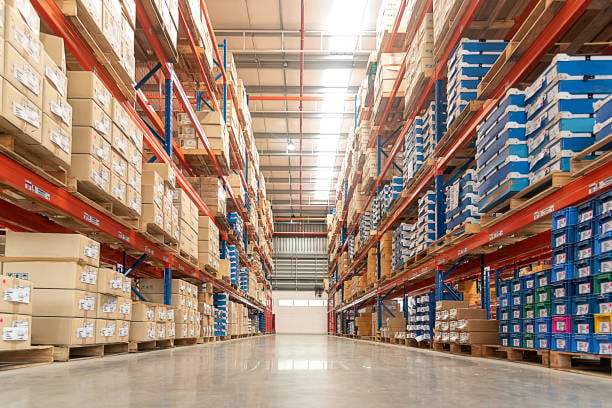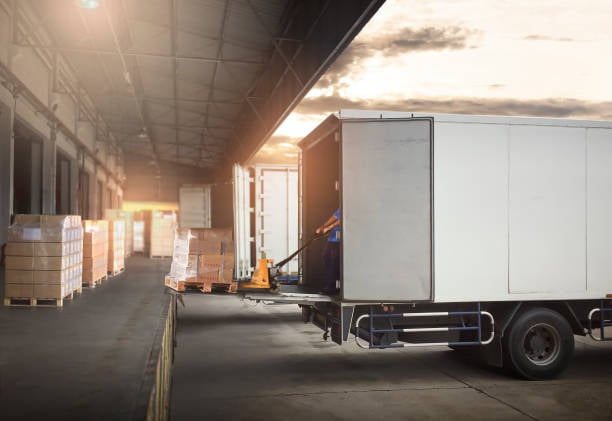If you’ve already cemented your relationship with a small-to-mid-sized retailer, you’ve probably also gotten to know your regional buyer, as well as individual location owners and managers. But retail businesses that are considering an expansion into big box stores may be surprised to learn that mega-chains are structured differently.
Companies that want to succeed in the world of the big box need to come prepared with store-level and product category insights that can inform and persuade a single decision-maker.
What is centralized buying?
Centralized buying structures place all the purchasing authority for the entire retail chain with one senior merchant.
Businesses who are new to the big box operating model may be used to dealing with independent regional buyers who make decisions for their stores. The biggest retail chains keep this authority under one roof. The reason? Buying for the entire chain of stores rather than a single region ensures the best volume discounts. This buy-in-bulk advantage is one of the key ways that big box stores stay competitive on price.

What does this mean for companies that want to sell big box?
1. Become your own regional expert.
Large retail chains naturally focus on the macro. Because these decision-makers are typically so far-removed, they will expect you to be intimately familiar with the nuances of your customer base, and how demand and shopping behaviors vary regionally.
Without your hands-on expertise, regional purchasing decisions will be made from a centralized office using POS data. Be prepared to supplement this data with deeper insights and strategic recommendations that will lead to wins for you and your merchant.

2. Supply chain stability is critical.
Before you break into big box, ensure that you’re prepared to scale up and execute a successful launch.
Your merchant will expect you to fill purchase orders on time, every time. Fail to do so, and you can be fined or dropped from shelves.

3. Expect to offer volume discounts.
Big box retail chains operate on a centralized buying model because it allows them to secure volume discounts across the entire company. Vendors not only have to be prepared to stock 2,000 stores – they will have to incentivize these retail giants on price.
Before you forge ahead, it’s critically important to make sure that supporting this kind of volume at big box prices will be feasible for your company.

4. Know that the stakes are high.
You may navigate meetings with your regional sales rep with ease, but big box retail is a different beast.
In order to secure your position on the shelves, you will need to negotiate directly with your merchant’s central office. This means aggregating iron-clad data and strategic recommendations, and presenting them to the most senior decision-makers in Atlanta (Home Depot), Mooresville (Lowe’s), Bentonville (Walmart) or Eau Claire (Menards).

Businesses who are ready to make the leap may want to consider a sales management partner who is already familiar with their merchant’s expectations and decision drivers.
